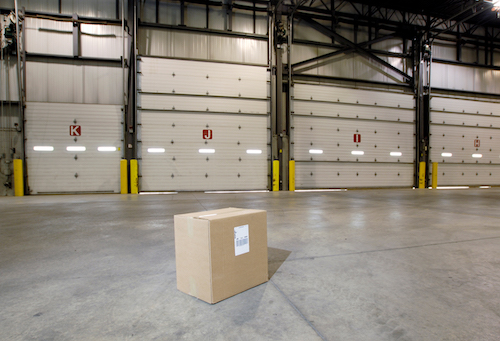
January 18, 2022 – Amid a striking uptick in Covid patients due to the latest surge over the holidays, health systems are also facing extended medical supply shortages and continuing to care for other patients. These supply deficits are impacting many necessities of care and are driven by raw material shortfalls, port backlogs, shipping delays and truck driver shortages for transporting goods. They include everything from crutches to syringes, needles, tubing, gloves catheters, drapes for surgery, suction canisters for medical waste, urine cups and more.
Supply shortages are so severe that some health systems have even asked their local communities for donations of gently used crutches and other medical equipment. Raw material shortfalls like aluminum for crutches, for example, impede the production of medical devices as well as labor shortages related to Covid sweeping through manufacturing facilities. These issues were acerbated by consumer demand during the holidays that assured supply chain problems were sustained, and parts needed for medical devices were used in other consumer products.
The Journal of Healthcare Contracting recently spoke to four supply chain leaders about the challenges of operating a supply chain in the healthcare industry during a Covid surge, including: Amanda Chawla, VP and Chief Supply Chain Officer of Stanford Health Care; Steve Faup, Divisional Director, Supply Chain of Capital Health; George Godfrey, Corporate VP and Chief Supply Chain Officer of Baptist Health; Erik Walerius, Chief Supply Chain Officer of UW Medicine.
Read the cover story for The Journal of Healthcare Contracting.
